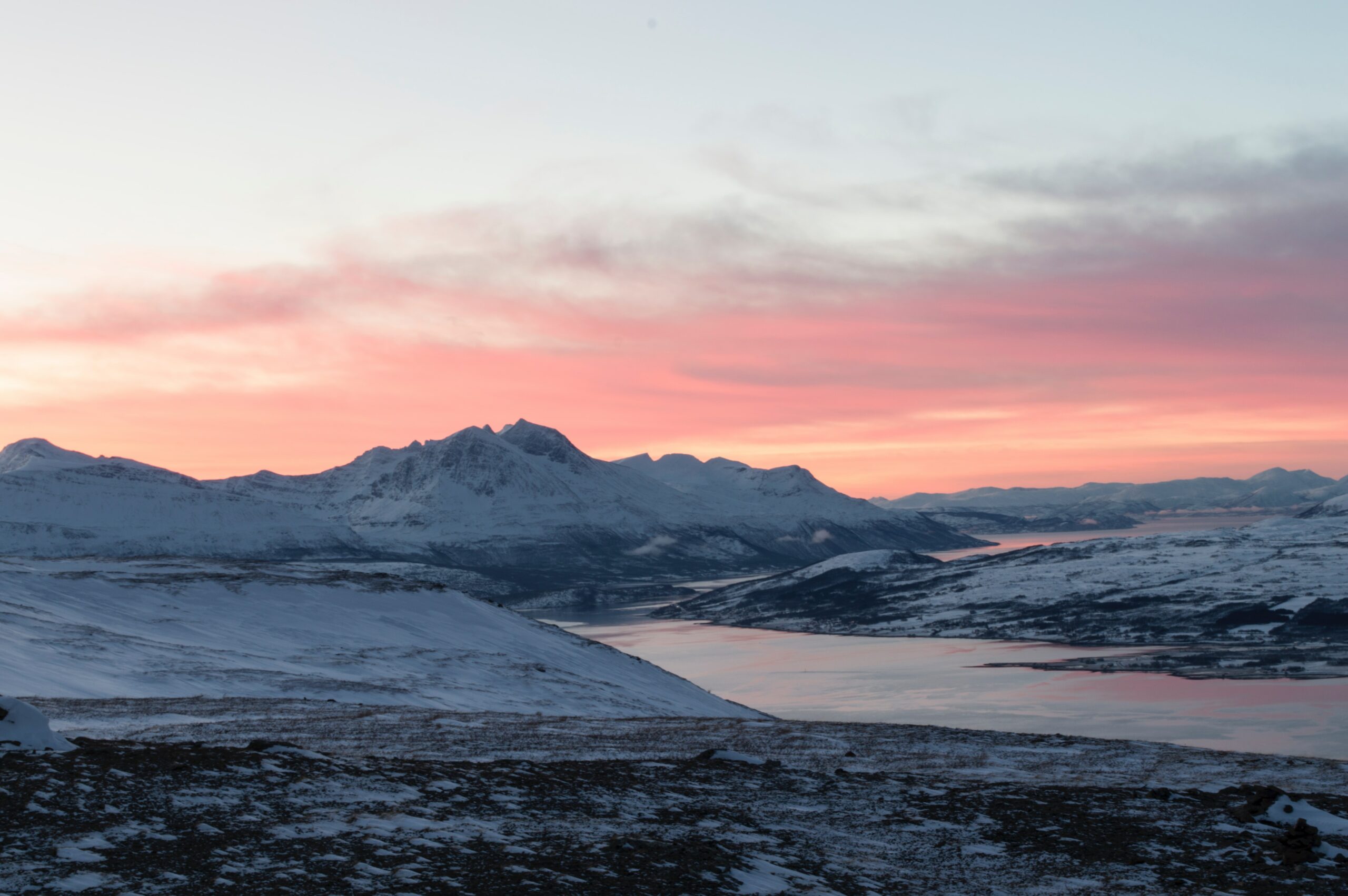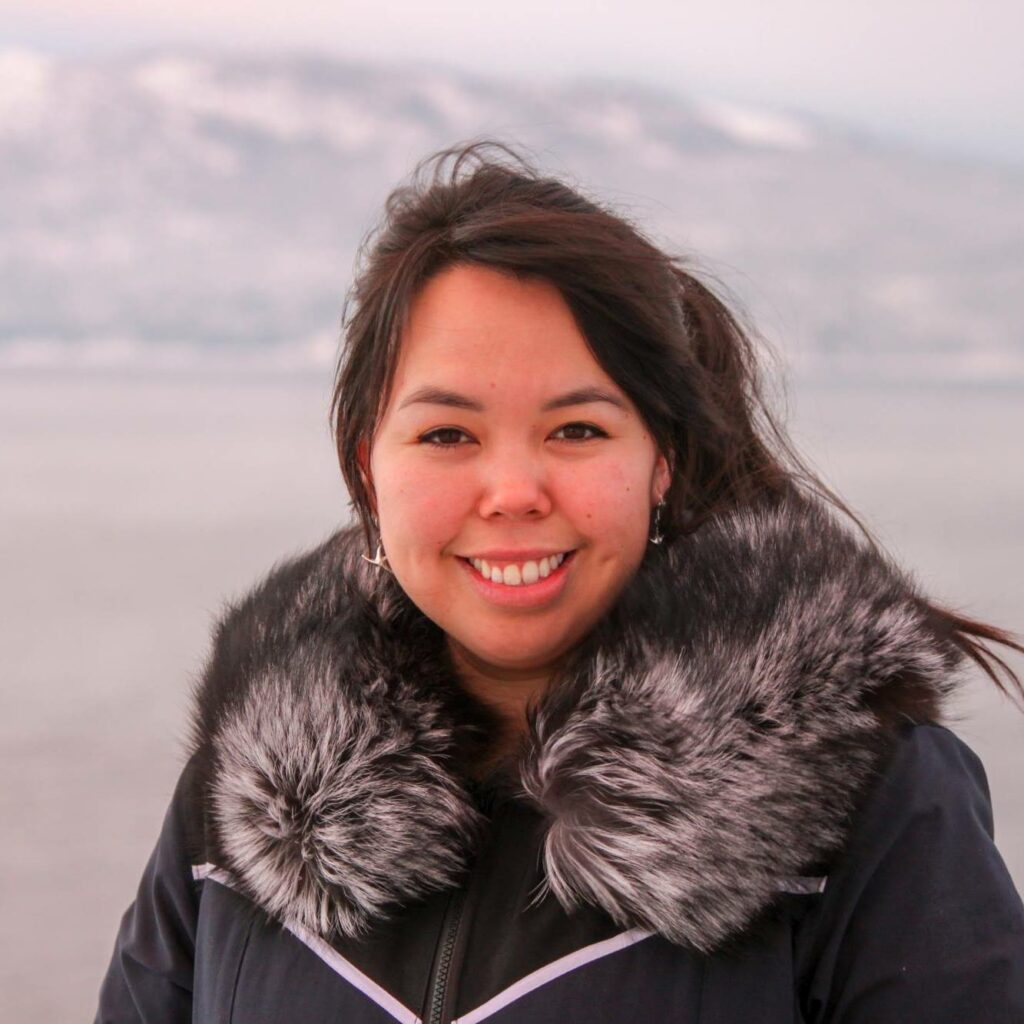Enooyaq Sudlovenick (ES): So when you meet people and they're like, “Oh my God, you're from the Arctic?” It just it seems like such a far off magical place in some people's minds.
Science World (SW): That’s Enooyaq Sudlovenick, who grew up in Iqaluit, the capital of Nunavut. And while she may agree with you that the coast of Baffin Island is a magical place, she wants you to know that it's actually closer than you think.
ES: It is really not that far! It's like one flight away for us here in Winnipeg, it's one flight away from Edmonton and Ottawa. Sometimes you'll hear like the Arctic uninhabited, but it's not. There’s so much life up there. Inuit have been there and we're still there. And it's just a matter of looking. Like, just looking under the ice. Even going diving, you'll see that the sea floor is so alive.
SW: Looking under the ice. That's how Enoo got her start as a young marine biologist exploring the polar waters of her home.
ES: Up in Iqaluit we have a lot of like sea angels in the water and I would collect sea angels from one bay then we traveled to the next bay by boat, and I would lean over the boat again to compare these sea angels to the other sea angels. I could just like stare at was in the water column all day. Every weekend we were out snowmobiling or boating or camping all the time and my parents both grew up on the land, so we were always out there just spending time. So, for as long as I can remember I've been on the ocean or on the land.
SW: Early on in Enoo’s education, she wasn't sure about her path. Should she study space science? Or land systems? The answer came one day on Prince Leopold Island near Resolute Bay where she was working a summer student job with Canadian Wildlife Service.
ES: I was there to look at birds and there was this one day where a pod of narwhal was passing by and we were really high up on the cliffs too so it was a cool view and I started looking at the whales instead of the birds and I was like, “OK, I think I like marine life better than I like let's say terrestrial life or birds.”
SW: Today Enoo is a PhD student in marine biology at the University of Manitoba. She studies the health of Arctic marine mammals that hold huge cultural and nutritional significance for Inuit people. Recently, she got to travel to Northwest Territories to research the health of belugas, a valuable food staple for many Northern communities.
ES: Outside of Tuktoyaktuk, it's 24-hour sun at that time, right? So we're waiting for the hunters and families in the area to harvest a whale and we don't know when that is it could be like two in the morning or three in the afternoon. So we take shifts, and then we spring into action. They haul the whale on shore and we'll sample it and there's a lot of subsampling afterwards. So I spent a week there, just on the coast. There's just so many belugas there it's just, that's all you can hear, is exhales in the water. It's pretty cool.
SW: In addition to her PhD research, Enoo also writes and speaks on the topic of what it means to be a scientist conducting research as an Indigenous person.
ES: Including Indigenous knowledge in Western science can look very different for every project. And it should! Like, I've seen research in social sciences completely rely on Inuit Qaujimajatuqangit knowledge and in some natural sciences I've seen it go from not at all including it to completely also relying on it.
SW: Enoo says that one of her favorite examples of collaboration among Western scientists and local Inuit knowledge keepers resulted in an innovation that benefited everyone.
ES: So, tagging whales can be pretty invasive. You often have to net them and then you keep them immobile for a short amount of time as you possibly could, so about 10 minutes. And you attach a backpack to it. Inuit don't like that invasive method, so they worked with DFO to come up with a really cool harpoon called the Inuvik dart. And they worked with like these harpoon manufacturers the US and they made it so that they could deploy these tags by harpoon and not capture them, so this was like a really cool example of why including local Inuit knowledge made the project better for whales, for the research, for everybody all around.

